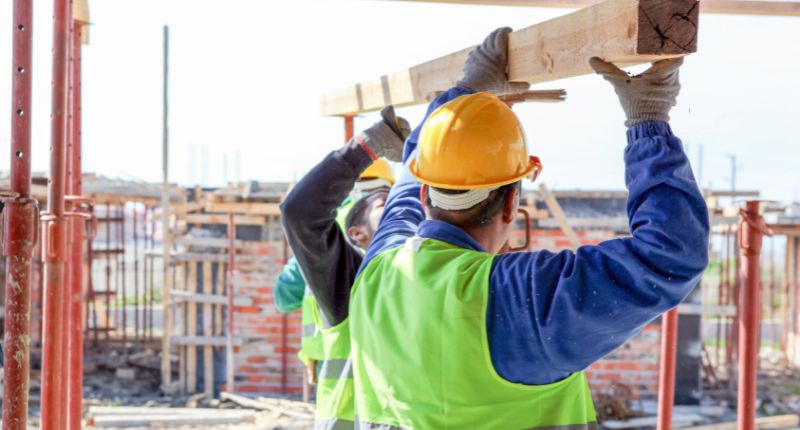
- The latest ABS figures showed a 1.6% rise in total dwellings approved for November 2023.
- Apartment approvals led the rises, while houses saw numbers fall.
- Industry remains concerned over the ability to hit the 1.2 million homes target.
Australia saw total dwelling approvals rise 1.6% in November*, according to the latest building approvals data from the Australian Bureau of Statistics (ABS); this follows a 7.2% increase recorded in October.
“Approvals for private sector dwellings excluding houses increased 6.7%, following a 17.4% rise in October,” said ABS head of construction statistics, Daniel Rossi.
That includes semi-detached, row or terrace houses, townhouses, and apartments.
“Approvals for private sector houses fell 1.7%, following a 2.9% October increase,” said Rossi.
While a monthly increase was observed, the broader picture remains lacklustre. According to ABS figures, the total dwellings approved have been lower this financial year.
“In original terms, 70,900 dwellings were approved between July and November in 2023, compared with 81,954 over the same period in 2022,” said Rossi.
Dwelling units approved, by building type, seasonally adjusted

Well behind the 1.2M homes target
Industry remains deeply concerned over the low levels of building approvals, particularly in view of the housing accord targets set out last year.
Master Builders Australia (MBA) chief economist Shane Garrett said detached house building approvals slid by 1.9% during November.
“Today’s figures mean that just 945,554 new homes have been approved across Australia over the past five years,” said Garrett.
“Master Builders has forecast that 2023-24 will see around 170,100 new homes built, well below the 240,000 needed per year to meet the 1.2 million housing accord targets.”
Shane Garrett, Master Builders Australia
“However, there was a modest 1.6% increase in the overall number of new home building approvals during November 2023 thanks to a 7.2% gain in higher density approvals.
“More higher density building will help alleviate some of the pressure in the rental market which has seen big inflationary impacts in the economy.
“Labour market shortages, lack of shovel-ready development, planning delays and interest rate rises continue to be the biggest impediments to home building.”
A challenging road ahead for home building
The Urban Development Institute of Australia NSW (UDIA NSW) raised concerns over the woefully low building approvals, especially as approvals reported across NSW for the 12 months to November were 46,500, the lowest rolling annual total seen in the state since October 2013.
Last year, the NSW Government committed to deliver 377,000 homes over five years as part of the National Housing Accord, commencing in June 2024.
UDIA analysis shows that due to the time needed to go from approval to final completion, NSW needs on average, 92,000 new approvals per annum over the next five years to underpin the annual housing targets.
NSW forecasts compared to accord targets

“While the NSW Government finished 2023 with a series of positive policy reforms to increase housing supply, today’s numbers show we are falling further behind, before the National Housing Accord even starts,” said Gavin Melvin, UDIA NSW A/CEO.
“Today’s figures create an added sense of urgency that each of the Government’s announced new policies will be implemented successfully and delivered in full. These figures show we have no time to waste and that initiatives which can commence now, such as the affordable housing bonus, should do so allowing development applications to be submitted, approvals to flow, and new homes to be built sooner.”
~~
* In seasonally adjusted terms.







